Category: From the Desk Co-posts
-
Thomas Wayment on the KJV
Why do Latter-day Saints regard the King James Version as the official English translation of the Bible for the Church? It’s a question that has been asked many times by different people, especially since there are translations in modern English that have a better textual basis in Greek manuscripts. In a recent co-post at the…
-

The First Vision in Two Churches
The recently-published Restorations: Scholars in Dialogue from Community of Christ and The Church of Jesus Christ of Latter-day Saints is a fantastic glimpse into the similarities and differences between the two largest churches that emerged from the legacy of Joseph Smith, Jr. One of the highlights was a discussion between Keith J. Wilson and Lachlan…
-
The Many Lives of the King Follett Sermon
I have to admit that I have had an ongoing fascination with the King Follett Sermon. I had been acquainted with bits and pieces of it here and there, but only really became familiar with the full text early on in my mission. But it has shaped a lot of my theology and views in…
-
Lowell Bennion
The Church of Jesus Christ of Latter-day Saints saw a group of highly-impactful university professors during the 20th century who helped to shape Latter-day Saint thought. For many, Hugh Nibley, Truman Madsen, Eugene England are a well-known part of their experience with the Church. Another figure that deserves to be remembered in that group is…
-
Neal A. Maxwell: Disciple Scholar
A favorite speaker at general conference when I was growing up was Neal A. Maxwell. Eloquent and deeply thought out talks were something of a hallmark for him, with plenty of alliteration thrown in for good measure. His life and discipleship was discussed in a recent interview with Bruce C. Hafen at the Latter-day Saint…
-

Latter-day Saints in Micronesia and Guam
At the last general conference, I was impressed by something briefly mentioned by Quentin L. Cook. He talked about a seventh-generation member from Tahiti, with her ancestors joining the Church in 1845 (2 years before the Latter-day Saints in the U.S. migrated to Utah/Deseret or Brigham Young organized the First Presidency).[1] It was a brief…
-

Was it the Angel Moroni?
Today marks the 200th anniversary of the day Joseph Smith said that he saw the golden plates, with last night being the anniversary of the evening that he recalled the Angel Moroni appearing to him. Yet, from time to time, there have been questions raised about whether Joseph Smith consistently said that it was Moroni…
-
The ancient owner of the Book of Abraham papyri
Joseph Smith claimed that the Book of Abraham was a translation of some of the papyri he purchased along with some mummies in Kirtland. It is difficult to ascertain the full nature of those papyri since a lot of them burned. But we can learn some about the history of those papyri from the fragments…
-
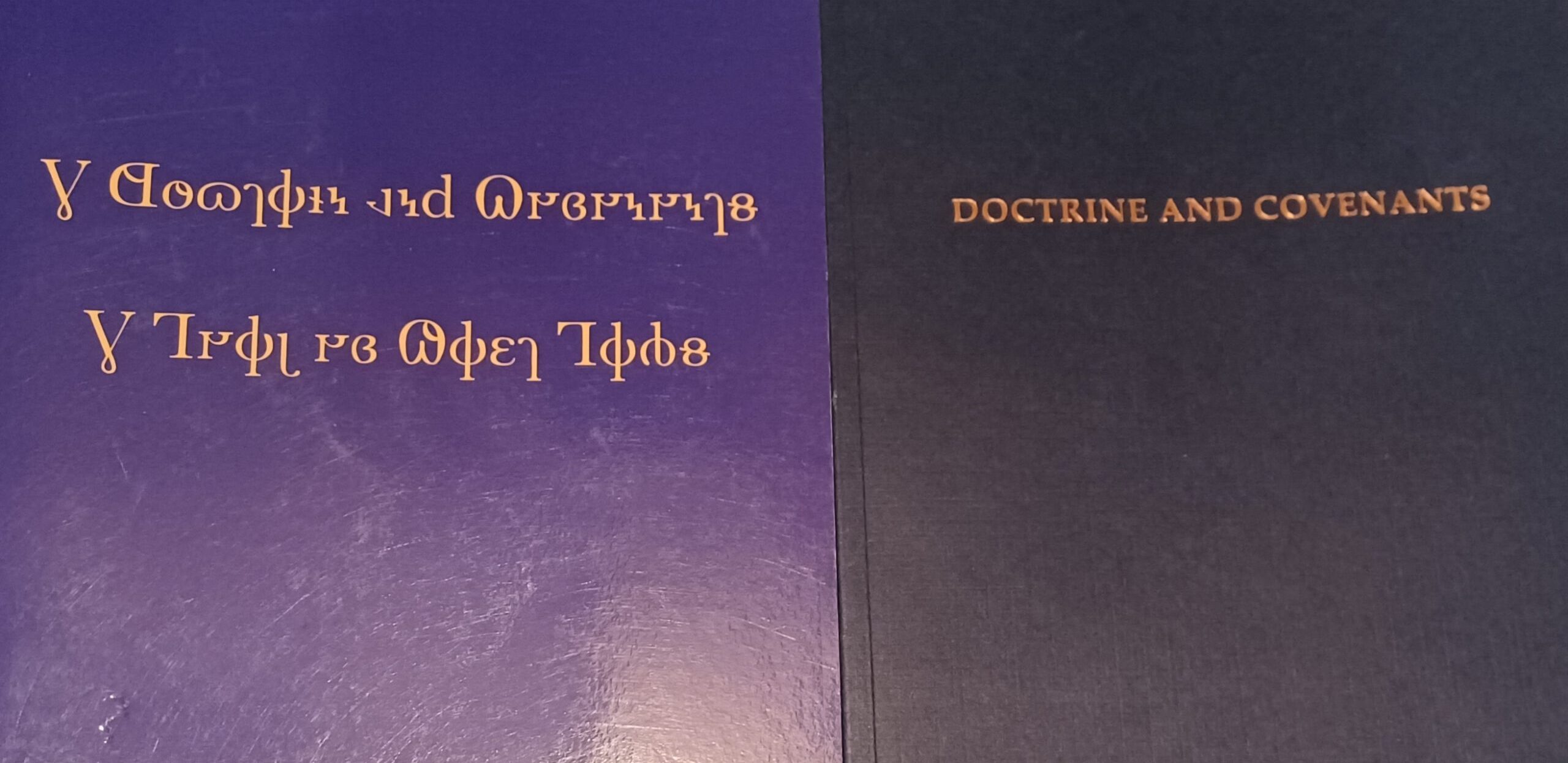
Discussion on Scripture with the Community of Christ
The Community of Christ and The Church of Jesus Christ of Latter-day Saints are sibling churches, both descending from the early Latter Day Saint movement. Since each group went their own way after the death of Joseph Smith in the 1840s, however, they have spent the last 170+ years growing and developing in different ways.…
-
The Law of the Gospel
A couple years ago, The Church of Jesus Christ of Latter-day Saints included a list of the covenants made during the endowment session in their general handbook. It was a surprise, to be sure, but a welcome one. Yet, I missed a part of the significance of the text presented until reading a recent interview…
-
Jesus’s Female Ancestors
Jesus the Messiah was the son of a righteous and godly woman named Mary, through whom he had many ancestors discussed in the Hebrew Bible. Among those were several remarkable women. In a recent interview at the Latter-day Saint history blog, Camille Fronk Olson discussed some of the women in the genealogy of Jesus. What…
-
Remember the “F.” And seniority.
I know I’ve talked a bit about Joseph F. Smith (JFS) lately, but the Latter-day Saint history blog From the Desk recently shared another interview about him. This time around, Dennis Horne spoke about Joseph F. Smith’s succession to the presidency of the Church, but it also covers other info about this pivotal president of…
-
Carthage and the Nauvoo Expositor
The Joseph Smith Papers recently released a final podcast series, the Road to Carthage podcast, focusing on the final days and immediate aftermath of Joseph Smith’s life. It was an explosive time, filled with tension both within and outside of the Church of Jesus Christ of Latter Day Saints. In a recent interview at the…
-
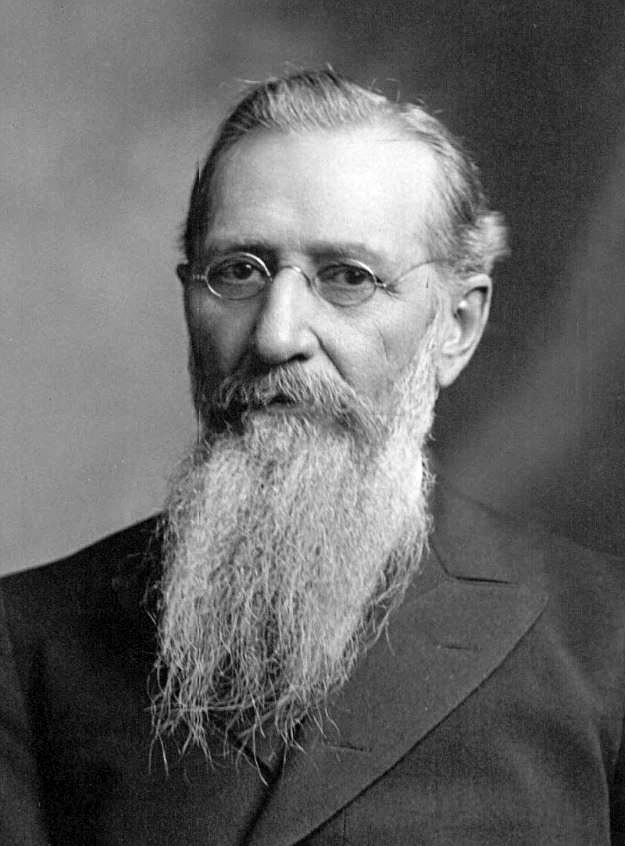
The Fiery Meteor
Joseph F. Smith “(remember the F)” is one of the most important and influential presidents of The Church of Jesus Christ of Latter-day Saints, even though he isn’t frequently discussed in church settings. It was during his administration that the Church really started to take on its current form – rejection of polygamy, modern monetary…
-
Asking Questions About the Book of Mormon
A central question about the Book of Mormon that has been asked over and over again is whether it is an ancient document or a modern one. Despite being asked and answered by so many people, that question is still being argued and fought over and probably will be indefinitely. But what other questions are…
-
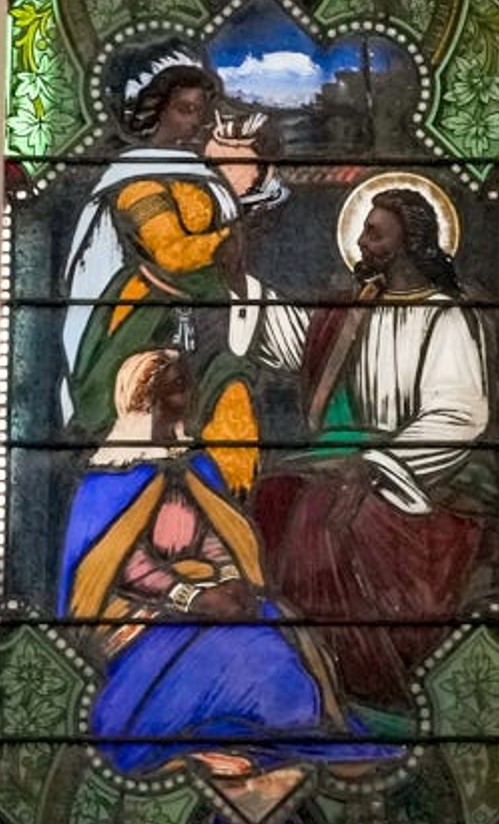
Jesus Christ in Joseph Smith’s Teachings
There is an apocryphal story about John Taylor that was shared by Leonard Arrington: Shortly after the death of the Prophet Joseph Smith in June 1844, a prominent eastern visitor to Nauvoo[, Illinois] was being ‘shown around’ by Apostle Taylor. He remarked to Brother Taylor that he sincerely regretted the murder of the head of…
-
Translation or Revelation?
I posted about Book of Abraham translation a couple weeks ago as part of a co-post on an interview with Stephen O. Smoot. This time, we’re looking at a different interview with Michael Hubbard MacKay, who had a different perspective about Joseph Smith’s translation projects. The interview on Book of Mormon translation is over at the…
-
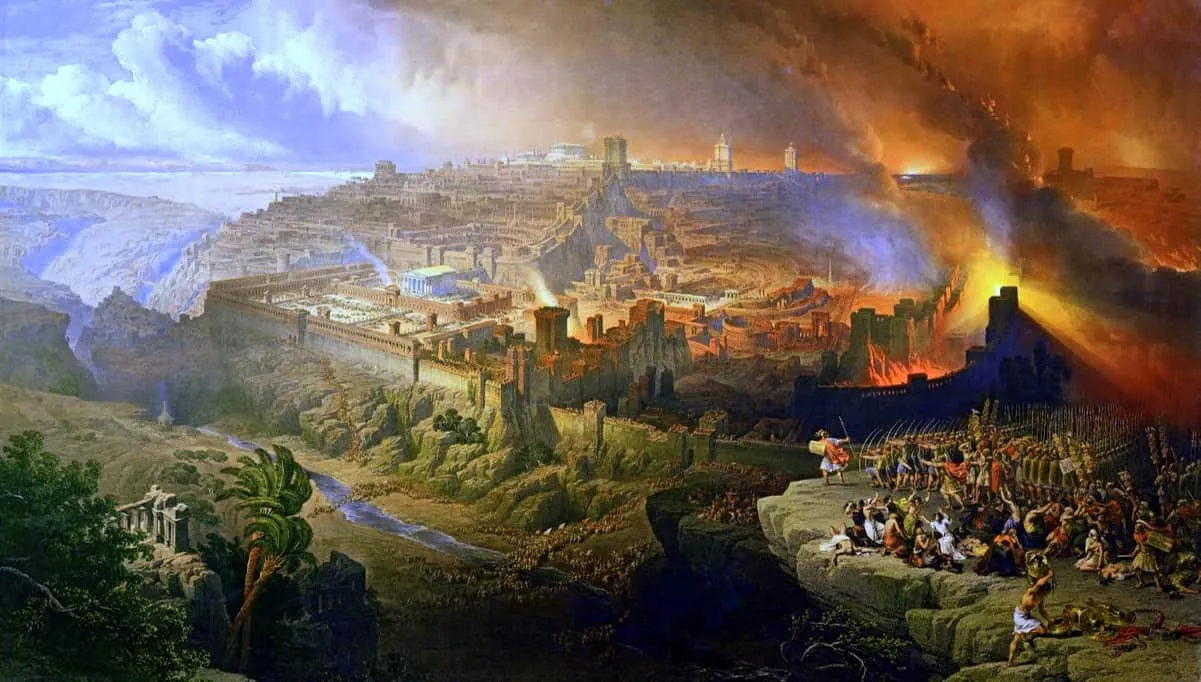
The Jewish Revolt and the Abomination of Desolation
One of the more pivotal events in the development of both Christianity and modern Judaism was the First Jewish Revolt, which started in 66 CE and culminated in the destruction of the Temple in Jerusalem in 70 CE. In a recent interview at the Latter-day Saint history blog From the Desk, Jared W. Ludlow discussed this…
-
Book of Abraham Translation
When Joseph Smith used the word “translate”, it meant something different than what we usually think of as translating. The Book of Abraham is a very intriguing example of the process that, while it still has a lot of unknowns, does provide some insight into the process. In a recent interview at the Latter-day Saint…
-

Temples, Communication, and Covenants
Temple rituals form an important part of Latter-day Saints’ covenant relationship with God. A recently-released book by Jennifer C. Lane entitled Let’s Talk About Temples and Ritual delves into the importance of temple rituals. Lane has shared some of the insights she gained that are captured in that book in an interview with the Latter-day…
-
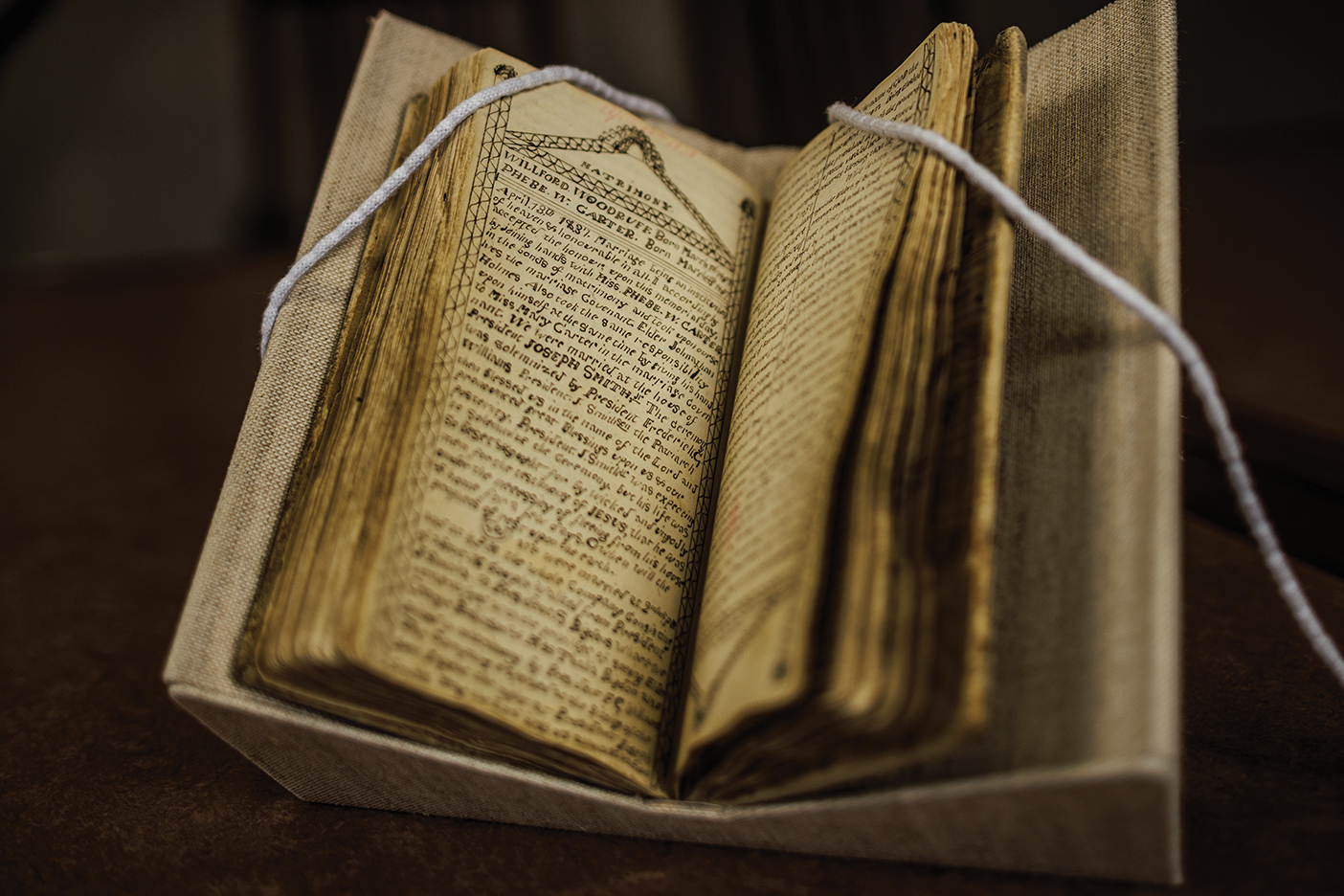
Wilford Woodruff and Adoption Sealings
Wilford Woodruff was hugely important in the development of temple work as we understand it today. In a recent interview at the Latter-day Saint blog From the Desk, Jennifer Mackley (the executive director and CEO of the Wilford Woodruff Papers Foundation) discussed some of the influence that Presisent Woodruff had on temple work. The interview…
-
Camille Fronk Olson on Women in the New Testament
The Bible is “the bedrock of all Christianity” and women play some very key roles in the stories that it shares. Camille Fronk Olson has worked to highlight these female Bible characters as a member of The Church of Jesus Christ of Latter-day Saints. In a recent interview at the Latter-day Saint history blog From…
-
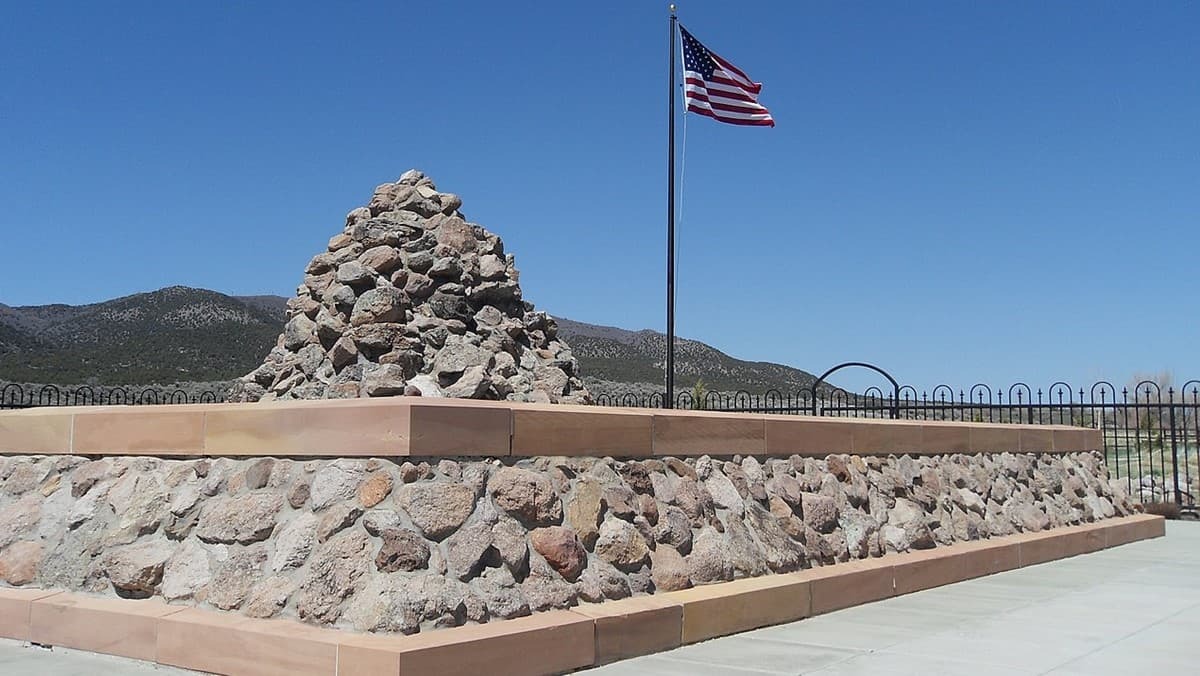
The Mountain Meadows Massacre Aftermath
One of the most significant books in Mormon studies being published this year is Rick Turley and Barbara Jones Brown’s Vengeance Is Mine: The Mountain Meadows Massacre and Its Aftermath. It’s been years coming, but is worth the wait. I’ll probably publish my own review next week, but wanted to highlight that Turley and Brown…
-
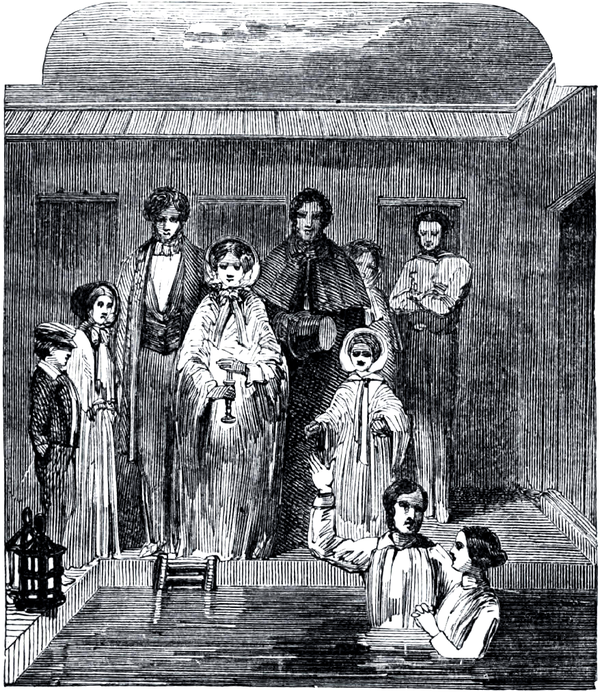
Rebaptism in the Church
One of the interesting aspects of how members of The Church of Jesus Christ of Latter-day Saints approaches the sacrament of the Lord’s Supper is that it is seen as a renewal of covenants. What may not be as widely known is that the idea of renewing covenants may have originally emerged in the Church…
-
W. Paul Reeve on Race and the Priesthood
The race-based priesthood and temple ban that the Church of Jesus Christ of Latter-day Saints had in place from the 1850s until 1978 is a heavy, but important subject to study. I’ve shared a review about W. Paul Reeve’s recently-released Let’s Talk About Race and Priesthood where I stated that it was one of “the…
-

Sink Me, the Prophet’s a Poet
Joseph Smith rarely wrote poetry, but there are a couple notable exceptions.
-
Susa and Alma’s Divorce
In Saints, volume 2, one of the key players was Susa Young Gates. A prominent daughter of Brigham Young who went on to do a lot of notable activities herself, Susa is a relatively well-known figure in Latter-day Saint history. One aspect of her story that received attention in Saints was Susa Young Gates’ divorce with Alma Dunford.…
-
Ken Adkins and Belle Harris
Belle Harris‘s experience in prison is an interesting story from late nineteenth-century Latter-day Saint history. Part of why it’s fascinating is that she kept a record of her time while she was in prison. Recently, Church historian Ken Adkins talked about the Belle Harris prison journal at the Latter-day Saint history blog From the Desk,…
-
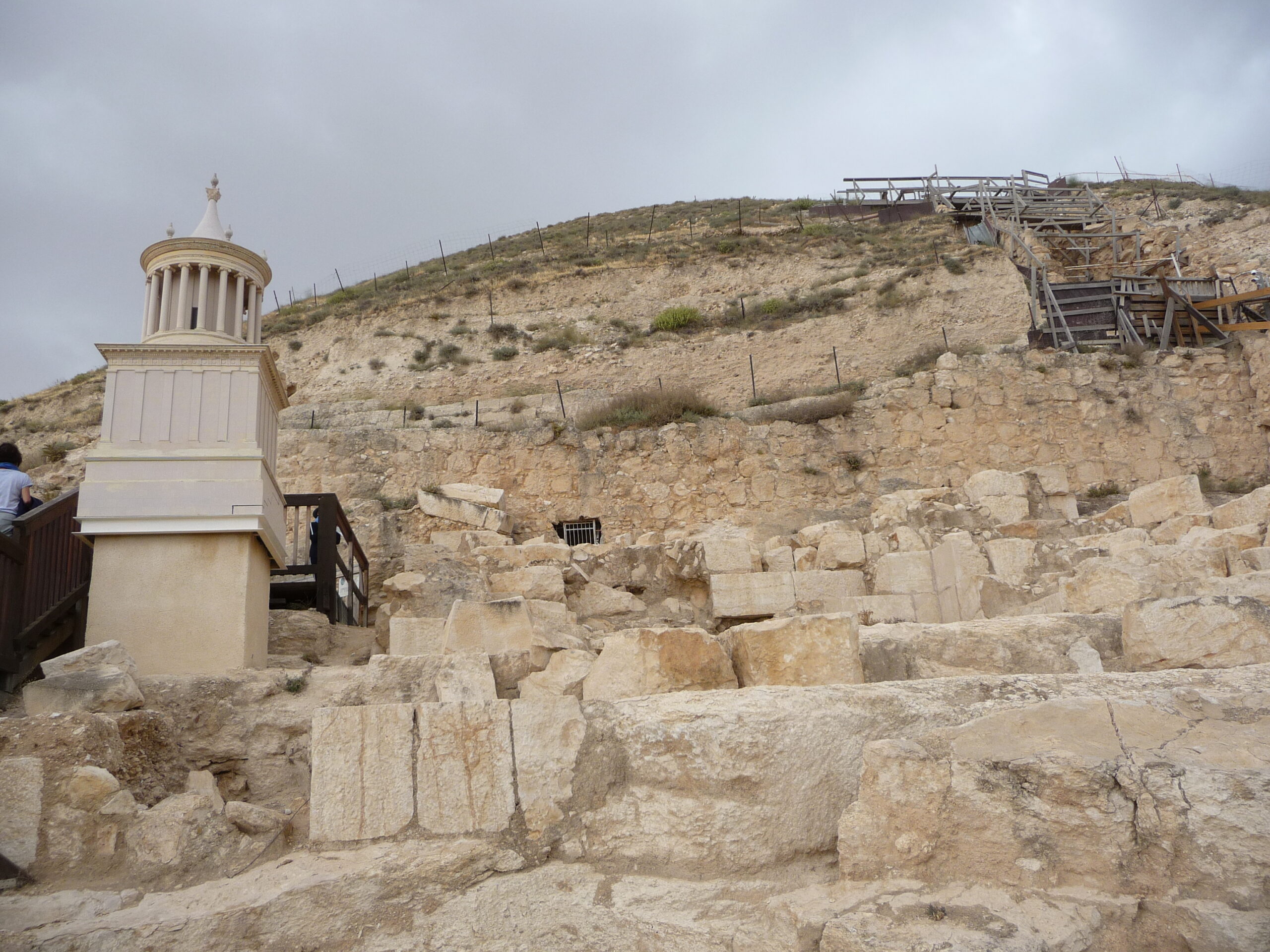
Herod the Great as the Messiah
A repeating theme in Second Temple Judaism is the expectation for a political messiah that would rule Judea. While Christians are aware of this primarily through the expectations that Jesus of Nazareth encountered during his ministry, there are many other people who tried to fulfill that role. Herod the Great may have been one of…
-
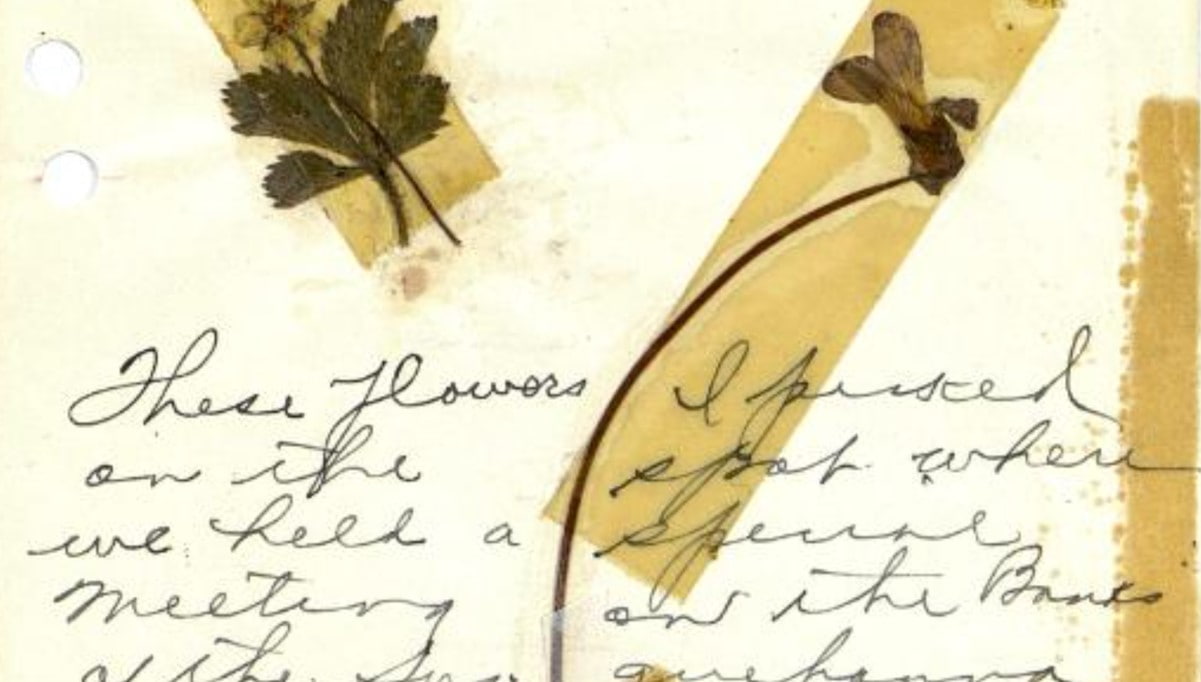
The Spencer W. Kimball Journals
President Spencer W. Kimball is well-known for encouraging members of the Church of Jesus Christ of Latter-day Saints to keep journals. He set an example of doing this, and produced a large journal that was recently made available through the Church History Library digital collections. Recently, Latter-day Saint archivists Jeffrey Anderson and Brandon Metcalf discuss…
